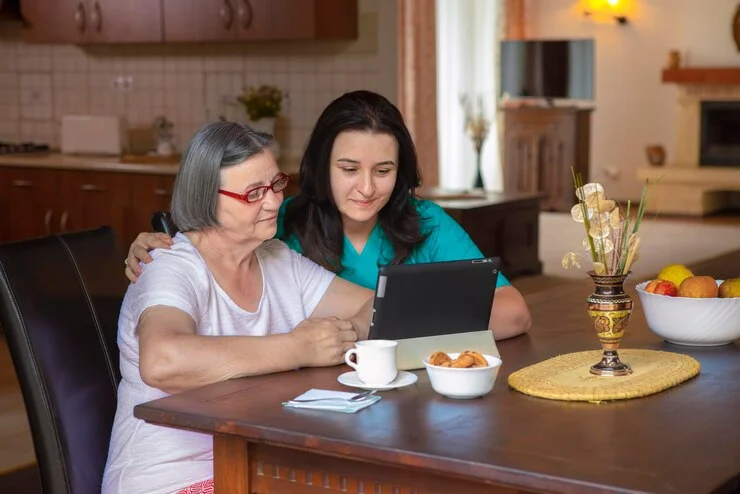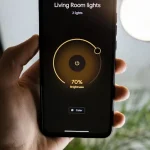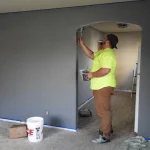In the fast-developing health sector, home health providers are under increased pressure to deliver high-quality care while ensuring operational efficiency. There are assisted technology solutions that enable the caregivers to reduce the time associated with a task and provide better patient outcomes. This is done by shifting their focus from redundant operational work to being more effective in rendering patient care.
Mobile Documentation at Point of Care
Filling out paperwork after a patient visit is one of the tedious activities that some of the home health care provider staff have complained about and which consumes an undue amount of their time. Electronic home health care software has simplified the situation through the use of mobile applications that allow accurate, real-time documentation during visits. These systems have user-friendly interfaces developed specifically for professionals in the medical field. They enable the recording of observations and completion of assessments, as well as the updating of care plans directly at the patient’s bedside at any given time.
Intelligent Scheduling and Route Optimization
Travel time between patient homes represents one of the most significant non-productive elements of a caregiver’s workday. Advanced home health care software addresses this challenge through intelligent scheduling algorithms that consider geographic proximity, caregiver qualifications, and patient preferences. These systems create optimized routes that minimize travel time while ensuring appropriate care matching.
With mobile-accessible schedules delivered directly to smartphones and tablets, caregivers can efficiently manage their day without returning to the office between visits. This seamless scheduling approach eliminates communication gaps and enables caregivers to maximize their clinical time throughout each shift.
Streamlined Communication and Care Coordination
Fragmented communication between team members frequently leads to care delays, duplicate efforts, and caregiver frustration. Comprehensive home health care software solves this problem through HIPAA-compliant secure messaging systems that connect the entire care team. These integrated communication channels allow caregivers to quickly consult with supervisors, collaborate with specialists, and coordinate with family members without disrupting their workflow.
The resulting coordination improvements reduce administrative overhead while creating a more responsive and cohesive care experience. By ensuring that everyone involved in a patient’s care remains informed about status changes or treatment adjustments, these systems prevent the communication breakdowns that frequently undermine both efficiency and care quality.
Automated Task Management
Caregivers who need to manage a lot of courses of treatment concurrently find it a taxing activity to schedule, track the numerous required checks and follow-up calls. Nowadays advanced home health care software aids in tackling this particular task by providing prioritization as well as reminders through automatic tasking capabilities. These systems are designed to make sure essential kinematic procedures are always done while responding to patients’ changing requirements.
Conclusion
The unrivaled integration of home health care software helps to make the work of a caregiver more efficient and effective on a daily basis, since it makes it much easier to cut down on some of the routine activities. These solutions instead of making your workflow more complicated they eliminate unnecessary steps and streamline processes that usually waste the energy and time of carers.







